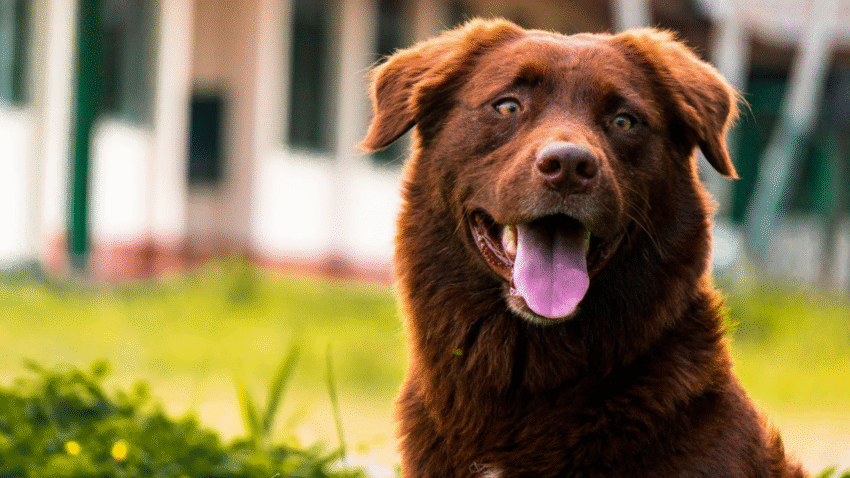Introduction
Wondering if your dog’s new food is doing what it’s supposed to? Learning how to tell if your dog’s diet is working is key to keeping your pup healthy, happy, and full of energy. In this guide, we’ll show you what signs to look for, how to assess your dog’s overall health, and how to make adjustments if things aren’t quite right.
Why Monitoring Your Dog’s Diet Matters
Your dog’s food is the foundation of their overall health. The right diet provides fuel for energy, supports immunity, keeps skin and coat healthy, and maintains ideal weight and digestion. But even high-quality food might not be the right food for your individual dog.
Every dog is different—what works for one may not work for another. That’s why paying close attention to how your dog responds to their diet is crucial.
Benefits of a good diet include:
- A shiny, itch-free coat
- Regular, healthy bowel movements
- Balanced energy levels
- Clear eyes and healthy skin
- A healthy weight and muscle tone
Monitoring these factors regularly can help you catch problems early and fine-tune your dog’s nutrition for long-term well-being.
Step-by-Step Guide to Assessing If Your Dog’s Diet Is Working
1. Evaluate Their Coat and Skin
One of the first signs of a healthy diet shows up in your dog’s fur and skin. Check for:
- Shiny, soft coat: Dull or brittle fur may mean they lack fatty acids.
- No flaking or dandruff: Healthy skin should be smooth, not dry or itchy.
- Minimal shedding: Some is normal, but excessive hair loss may be a red flag.
If your dog’s coat looks better than ever, their food is likely giving them the nutrients they need.
2. Check Stool Quality and Frequency
Healthy digestion leads to healthy poop. Here’s what to look for:
- Firm, well-formed stools
- Brown in color (not black, yellow, or pale)
- Passed 1–2 times per day without straining or urgency
Loose stools, diarrhea, constipation, or excessive gas could mean your dog is reacting poorly to an ingredient or lacking fiber.
3. Monitor Energy Levels
Your dog should be alert and active—not sluggish or hyper. Diets too high in carbs or too low in protein can affect how your dog feels day to day.
Look for:
- Consistent energy throughout the day
- Playful behavior appropriate to their age and breed
- No signs of fatigue or restlessness
If they seem unusually tired or overactive, their diet might need adjustment.
4. Track Weight and Muscle Tone
Weigh your dog regularly or have your vet do it every few months. Ideal signs include:
- Ribs that can be felt but not seen
- A tucked waistline when viewed from above
- Good muscle definition
Rapid weight gain or loss is a strong sign something isn’t working—whether it’s overfeeding, underfeeding, or poor nutrient absorption.
5. Observe Eating Habits
A healthy dog looks forward to mealtime and eats with enthusiasm. Warning signs include:
- Skipping meals or sudden disinterest in food
- Excessive hunger even after eating
- Vomiting or gagging after meals
Picky eating can also mean your dog dislikes the taste or texture of their food—not necessarily that it’s bad, but it’s worth noting.
6. Inspect Eyes, Ears, and Breath
These areas often reflect internal health:
- Eyes should be clear and bright, not red or runny.
- Ears should be clean, odor-free, and not itchy.
- Breath should be mild—bad breath may indicate poor gut health or dental issues linked to diet.
If these signs improve after switching diets, your dog is likely on a better nutritional path.
Common Mistakes to Avoid
1. Changing Diets Too Quickly
Switching foods too fast can cause digestive upset. Always transition slowly over 7–10 days.
2. Assuming All Expensive Foods Are Better
High price doesn’t always mean high quality. Read the ingredient list and choose based on nutritional value, not just branding.
3. Ignoring Portion Control
Overfeeding—even healthy food—can lead to obesity. Use recommended guidelines and adjust based on your dog’s activity and age.
4. Feeding Too Many Treats
Treats should make up no more than 10% of your dog’s daily calories. Too many can throw off a balanced diet.
5. Not Considering Breed or Age Needs
A senior Chihuahua and a young Labrador have different nutritional needs. Use food tailored to their age, size, and energy levels.
Extra Tips & Recommendations
Tip 1: Keep a Food Journal
Track your dog’s weight, energy, stool quality, and coat condition over time. This helps you identify trends and share valuable info with your vet.
Tip 2: Consider a Nutritional Blood Panel
If you’re unsure whether your dog is absorbing nutrients properly, ask your vet about testing their vitamin and mineral levels.
Tip 3: Rotate Protein Sources Occasionally
Some dogs thrive on a varied diet. Rotating between chicken, fish, beef, or lamb (with proper transition time) may reduce food sensitivities and keep meals exciting.
Conclusion
The best way to know if your dog’s diet is working is to observe how they look, feel, and act. A healthy dog will have a shiny coat, strong digestion, steady energy, and a happy attitude. With a little attention and a willingness to adjust when needed, you can make sure your pup is thriving with every meal.
🐾 Bookmark us for more smart dog feeding tips and nutrition advice!
